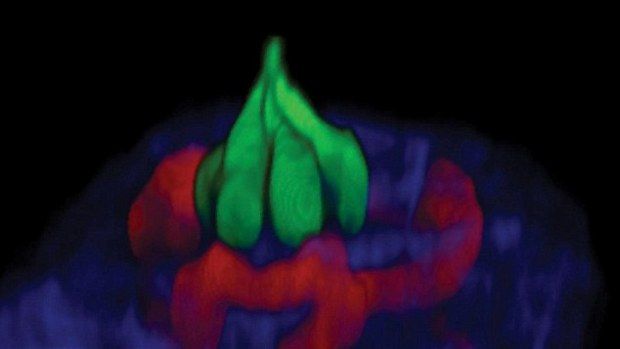It is now clear that the idea that our tongue is divided into different regions that each serves to detect a specific taste is erroneous. Still, the fact remains that scientists don't yet know the exact mechanisms that allow us to enjoy different flavors.
In a recent investigation, an international team of researchers made significant progress towards solving this mystery when they used a microscope and a laser to study and image taste buds in action.
That's right, these specialists managed to observe taste buds reacting to molecules correlating with different flavors in real time. Otherwise put, they saw what happens inside the mouth when the tongue comes into contact with various foods.
Although the experiments were carried out on laboratory mice, the international team of Australian and US researchers behind this investigation expects that their findings also hold true for humans.
Each taste bud can detect all the five basic flavors
In a recent paper published in the journal Scientific Reports, the specialists explain that, as part of their study, they shined an infrared laser on the tongue of laboratory mice. In response, different tongue regions lit up, as did flavor molecules.
With the help of a special microscope, the scientists then studied the activity of the animals' taste buds and found that each of them was able to process molecules responsible for very distinct flavors.
“We have watched live taste cells capture and process molecules with different tastes,” said researcher Steve Lee. “With this new imaging tool we have shown that each taste bud contains taste cells for different tastes,” added researcher Seok-Hyun Yun.
What's interesting is that, while studying taste buds in action, the specialists found them to respond not only to flavor molecules in food but also to molecules in blood circulation. This indicates that the composition of our blood might influence our perception of taste.
“We think that tasting might be more complex than we expected, and involve an interaction between the food taken orally and blood composition,” explained specialist Myunghwan Choi in a statement.
The researchers wish to continue their work investigating how tasting processes work and say that future studies will focus on how the brain behaves when flavor molecules reach taste buds and are engulfed and processed by them.

 14 DAY TRIAL //
14 DAY TRIAL // 

